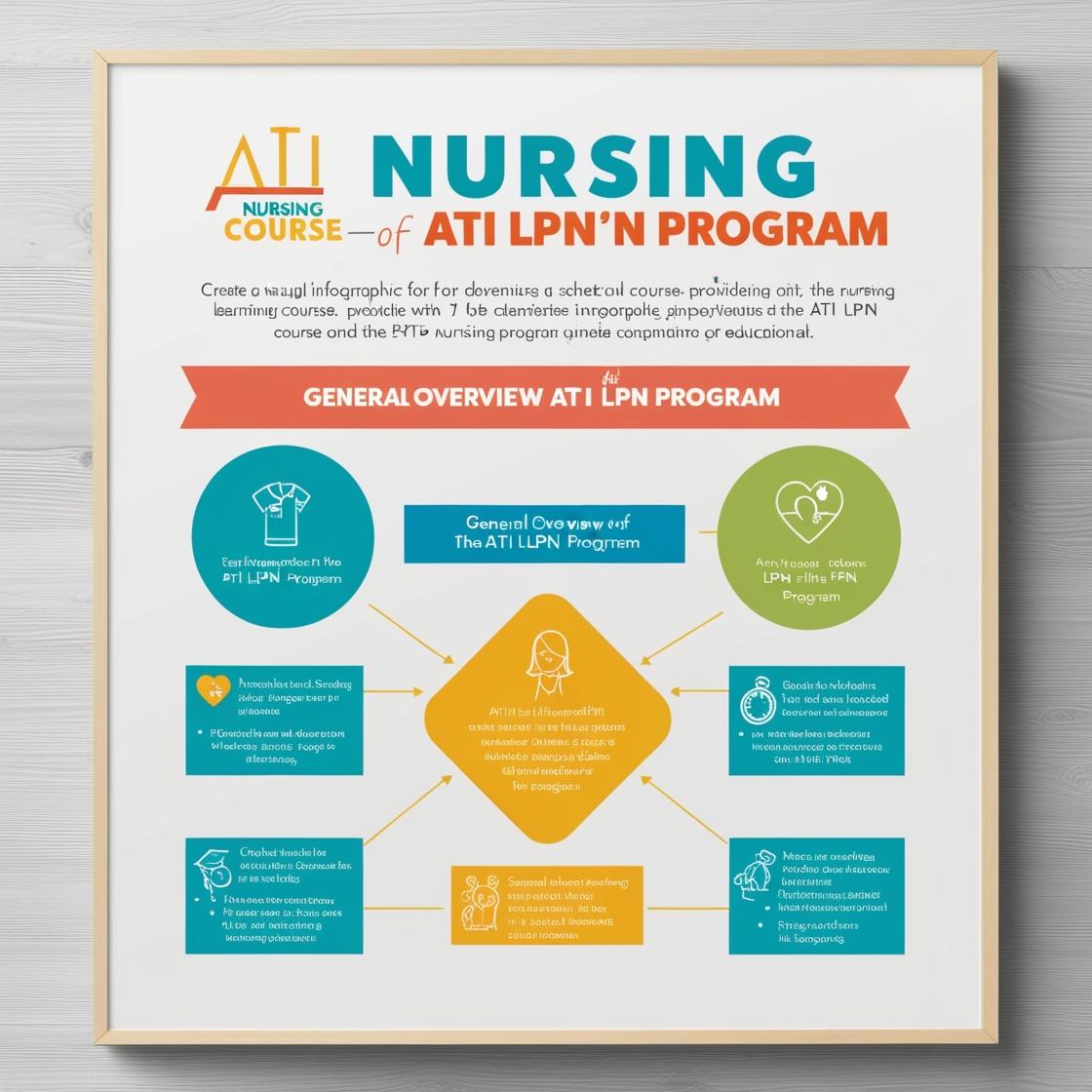LPN LPN
LPN Pharmacology Assessment A
1. The client with a history of coronary artery disease (CAD) is scheduled for a stress test. What instruction should the nurse provide to the client before the test?
- A. Continue taking your usual dose of beta-blockers
- B. Refrain from eating or drinking anything for 4 hours before the test
- C. Wear loose, comfortable clothing and walking shoes
- D. Avoid any physical activity for 24 hours before the test
Correct answer: C
Rationale: Before a stress test, the nurse should instruct the client to wear loose, comfortable clothing and walking shoes. This is essential as the stress test involves physical exercise, and the client should be ready for the activity involved. Continuing beta-blockers should be based on healthcare provider's instructions; adjustments may be needed. Fasting before the test is usually not necessary. Avoiding physical activity for 24 hours before the test is not recommended as it may affect the accuracy of the test results by not providing a true reflection of the client's exercise capacity.
2. A client with chronic heart failure is being discharged with a prescription for digoxin (Lanoxin). Which instruction should the nurse reinforce?
- A. Take the medication at the same time each day.
- B. Avoid foods high in potassium.
- C. Skip a dose if you feel well.
- D. Take the medication on an empty stomach.
Correct answer: A
Rationale: Taking digoxin at the same time each day is essential to maintain a consistent blood level of the medication. This consistency helps optimize the therapeutic effects of digoxin in managing chronic heart failure. Deviating from the scheduled time could lead to fluctuations in drug levels, affecting its effectiveness and potentially causing harm. Choices B, C, and D are incorrect because avoiding potassium-rich foods, skipping doses when feeling well, and taking the medication on an empty stomach are not relevant or appropriate instructions for a client prescribed digoxin.
3. A client with a diagnosis of heart failure is being discharged. What information should the nurse emphasize to the client regarding the use of a daily weight log?
- A. Report any weight gain of more than 2 pounds in a day
- B. Weigh yourself after eating breakfast each morning
- C. Use the same scale each day to check your weight
- D. Record your weight daily and report any changes
Correct answer: A
Rationale: The correct answer is A: 'Report any weight gain of more than 2 pounds in a day.' Sudden weight gain of more than 2 pounds in a day may indicate fluid retention and worsening heart failure. This information is crucial for early intervention and monitoring of the client's condition. Weighing after eating breakfast (choice B) may not provide consistent results due to varying food and fluid intake. Using the same scale each day (choice C) ensures accuracy and consistency in weight measurements. Recording weight daily (choice D) is more frequent than necessary and may not be practical for all clients. It is essential to focus on significant weight changes to prevent unnecessary alarm or confusion.
4. A client with a diagnosis of hypertension is prescribed atenolol (Tenormin). The nurse should monitor the client for which common side effect of this medication?
- A. Tachycardia
- B. Dry mouth
- C. Hypotension
- D. Increased appetite
Correct answer: C
Rationale: Corrected Rationale: Atenolol is a beta-blocker that commonly causes hypotension by lowering blood pressure. Therefore, monitoring for hypotension is crucial to prevent potential complications in the client receiving this medication. The other options are incorrect: A) Tachycardia is not a common side effect of atenolol as it typically reduces heart rate, B) Dry mouth is not a typical side effect of atenolol, and D) Increased appetite is not commonly associated with atenolol use.
5. A client with hypertension is prescribed enalapril (Vasotec). The nurse should monitor the client for which adverse effect?
- A. Hypotension
- B. Hypertension
- C. Tachycardia
- D. Hyperglycemia
Correct answer: A
Rationale: Enalapril, an ACE inhibitor, can lead to hypotension, particularly following the initial dose or dosage escalation. This effect is due to the medication's mechanism of action in dilating blood vessels, which can result in lowered blood pressure. Monitoring for hypotension is crucial to prevent complications such as dizziness, lightheadedness, or fainting in clients taking enalapril. Choices B, C, and D are incorrect because enalapril does not typically cause hypertension, tachycardia, or hyperglycemia as adverse effects.
Similar Questions

Access More Features
ATI LPN Basic
$69.99/ 30 days
- 50,000 Questions with answers
- All ATI courses Coverage
- 30 days access @ $69.99
ATI LPN Premium
$149.99/ 90 days
- 50,000 Questions with answers
- All ATI courses Coverage
- 30 days access @ $149.99
